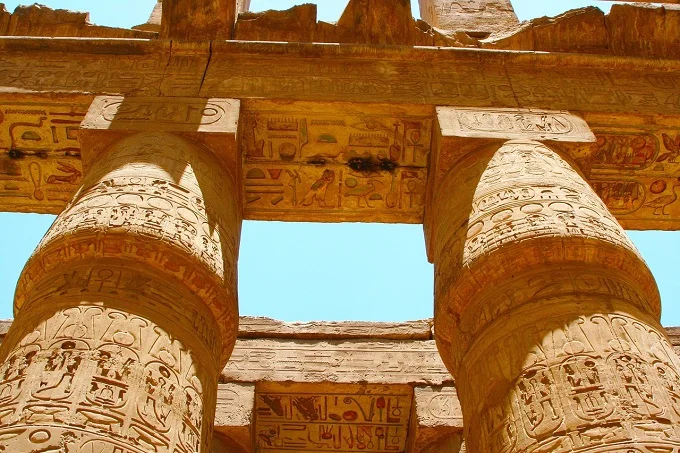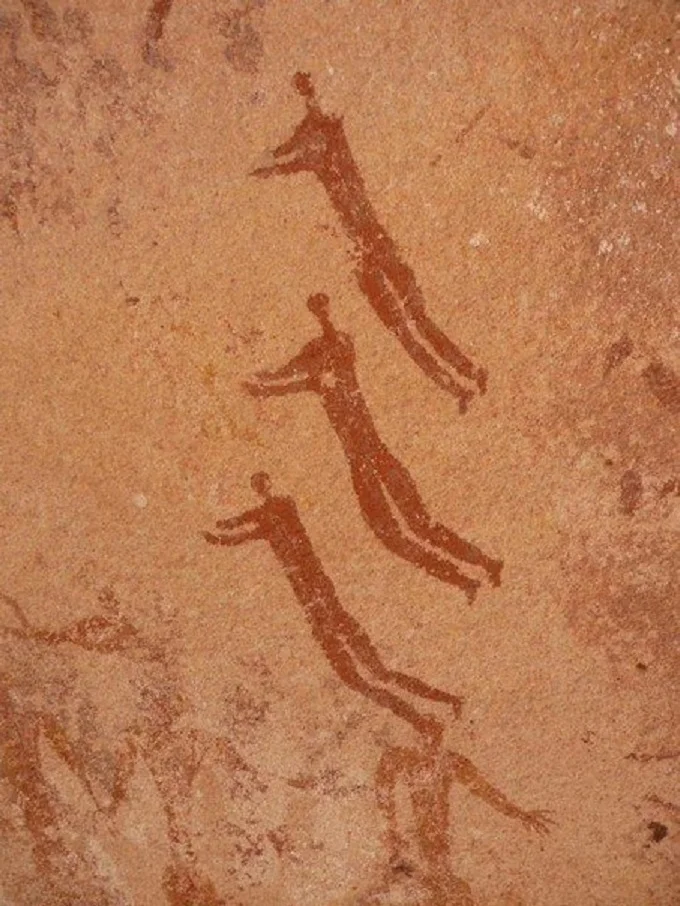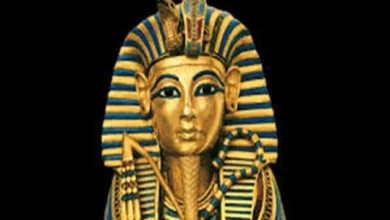The emergence of the civilization of Ancient Egypt

In ancient ages, man emerged on the land that would eventually be known as Egypt. It was also not contemporary Homo Sapiens, but its forerunner, Homo Erectus. He traveled beyond his African ancestral habitat to the Pacific Ocean using stone tools and crude but successful hunting abilities. Homo Erectus Yuanmouensis fossils were discovered in the Chinese province of Yunnan, and their age is believed to be between 0.8 and 1.1 million years BC.
All subsequent migrations to Eurasia from Africa went through Arabia. So, on the way, primitive people passed the Nile. Perhaps, already 1.5 million years ago, some tribes lived near this river. In any case, this is the age of the oldest stone tools found in Ubeidiya (modern Israel).
On the way to the Middle East, it was impossible to bypass the Egyptian lands. However, at that time, people did not stay here. The very first burial found by archaeologists in Egypt dates back to the 66th millennium BC.
The Nile, all this time, carried its waters to the Mediterranean Sea, then it was even more full-flowing than it is now. A large number of wadis have survived – dry beds of former rivers that once flowed into the Nile.
Fertile soils did not stretch in a narrow strip along this giant river but extended to the entire northeast of the African continent – where there are now lifeless deserts. However, there are no finds of tools of labor and hunting of primitive people in Egypt itself. Why? It’s all about the then hot and humid climate. During the blessed interglacial, during which the current Homo sapiens was formed, the ecosystem of the Middle East and North Africa resembled little of the modern one.
Only 9 thousand years ago, the Sahara was a savannah, the Nile in the upper reaches was completely covered with the dense jungle that grew in swamps, due to high humidity and tropical heat. The lower course of the Nile was a continuous swamp, moreover, in the delta, river water mixed with sea water, which was equally uncomfortable for both river and marine species.
All the surroundings of the Nile, especially in the lower reaches, were a dense interweaving of tropical trees. Under their roots, thick black water squelched, from which the stench of rotting organic matter reeked.
Primitive hunters, leaving their native Africa in search of free land, tried to quickly bypass these places. Egyptian lands became suitable for human life only when the Ice Age began and the aridization caused by it – that is, the Great Dryland.
From the 8th to the 5th millennium BC, as the jungle retreated, people gradually settled in the vicinity of the Nile. By this time, the Neolithic revolution had already taken place: man mastered the advanced technologies of cattle breeding and the skills of primitive agriculture. Egypt’s earliest traces of human culture are believed to be drawings from the Swimmer’s Cave, located in the Libyan Desert. Their age is estimated at 8 thousand years.

In the fertile Fayum oasis in the middle of the 5th millennium BC, there was already a people who made not only polished stone axes, but also ceramics: amphorae, bowls, and plates. At that time, there was no state here yet.
The first beginnings of centralization in the form of tribal alliances appear near the Nile around 3500 BC. Separate centers of prehistoric Egyptian civilization emerged: Chennai, Nevada, Nekhen. By the end of the 3rd millennium BC, the latter became the capital of the newly formed Upper Egyptian kingdom.
The first pharaohs (originally the leaders of tribal unions) appeared in Egypt long before the centralized state. Archaeologists know about them because, already in XXXVIII century BC, they were buried in special underground structures (for this purpose, pyramids were built only in the XXVII century BC), consisting of several burial chambers. These rooms were filled with various valuable objects that were to be useful to the leader in the other world. The first pharaohs who ruled in the ancient cities on the Nile, Egyptologists attribute to the so-called “00 dynasty”.
Where did such a strange number come from? The fact is that initially, the First Dynasty was considered the oldest, to which the unification of the Upper and Lower Kingdoms of Egypt was attributed. It was believed that the pharaohs of this dynasty ruled from the XXXIII century BC.
At the beginning of the 20th century, new archaeological finds made it possible to single out the so-called “dynasty zero”, during the reign of which the unification of the two kingdoms actually took place, and this process stretched for centuries.
And the pharaohs of the First Dynasty, as it turned out, lived a little later. Then archaeologists found the burials of the rulers of the Egyptian kingdoms who lived before the zero dynasties, they had to be called “dynasty 00”. The process of the formation of Egypt as a separate civilization and state took the entire second half of the 4th millennium BC.




